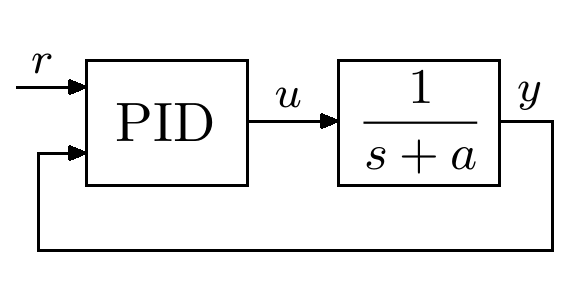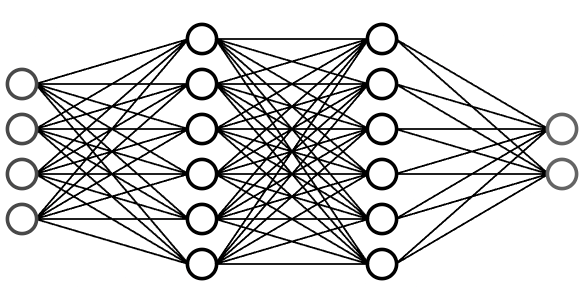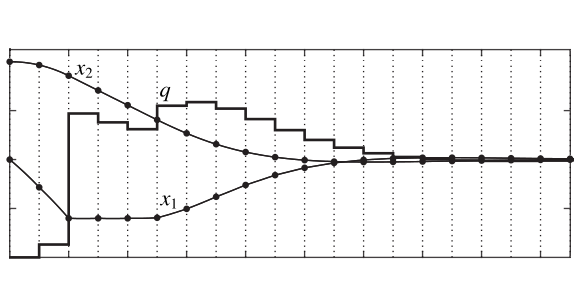Hierarchical control of heterogeneous large-scale urban road networks via path assignment and regional route guidance
Yildirimoglu, M., Sirmatel, I. I., & Geroliminis, N. (2018). Hierarchical control of heterogeneous large-scale urban road networks via path assignment and regional route guidance. Transportation Research Part B: Methodological, 118, 106-123. https://doi.org/10.1016/j.trb.2018.10.007 (full text pdf)
Abstract: High level of detail renders microscopic traffic models impractical for control purposes and local control schemes cannot coordinate actions over large scale heterogeneously congested urban networks. Developing efficient models and control methods for large-scale urban road networks is, therefore, an important research challenge. Alleviating congestion via manipulation of traffic flows or assignment of vehicles to specific paths has a great potential in achieving efficient network usage. Motivated by this fact, this paper proposes a hierarchical traffic management system. The upper-level route guidance scheme builds a model predictive control (MPC) scheme and optimizes network performance based on actuation via regional split ratios, whereas the lower-level path assignment mechanism develops an integer linear programming (ILP) formulation and recommends subregional paths for vehicles to follow, satisfying the regional split ratios in order to achieve said performance. Simulation results from a 49-subregion or 7-region network shows a great potential of the proposed scheme in achieving coordination and efficient use of network capacity, leading to increased mobility.





Leave a Comment